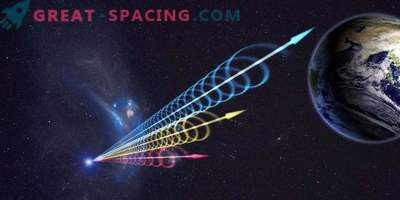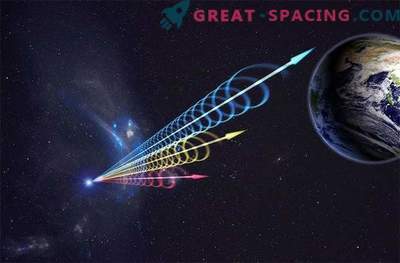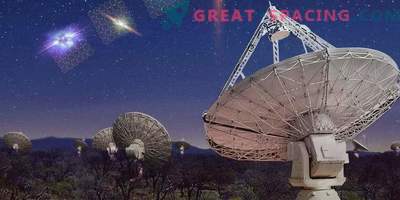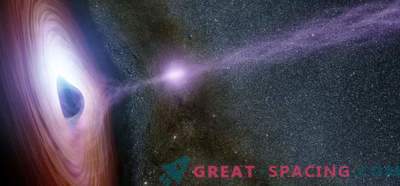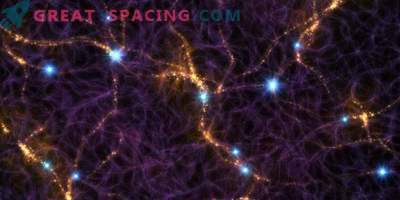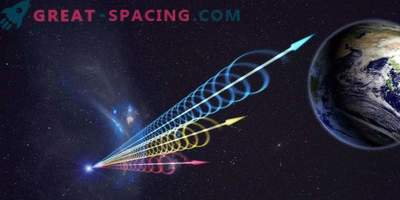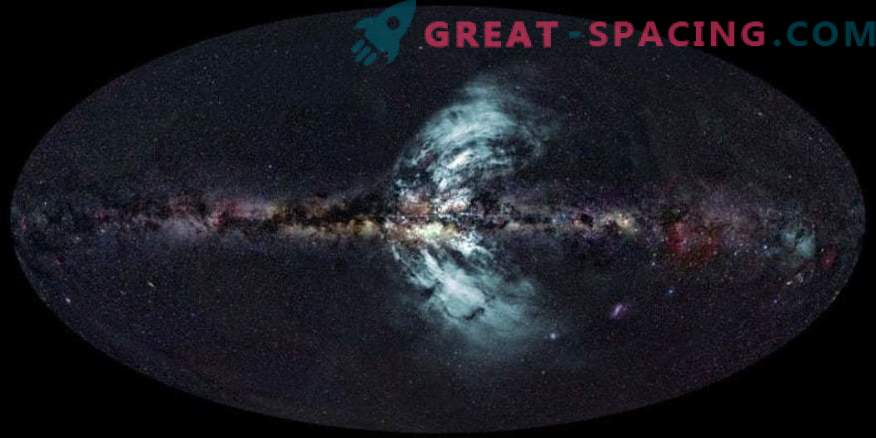
While you are doing routine chores, the Earth is bombarded with mysterious and invisible light. Among the standard set of radio signals and microwaves arriving from distant stars, black holes and other celestial bodies, there is a form that continues to amaze scientific minds. We are talking about fast radio bursts (FRB), arriving from a distance of billions of light years. The exact source remains unknown.
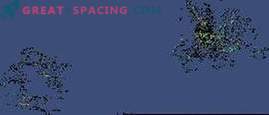
The animation shows the random appearance of fast radio bursts (FRB) across the sky. Recently, astronomers have recorded 13 mysterious signals, including the one that was repeated in one place for several months.
The reason for the mystery is a lack of data. For the first time, FRB was discovered in 2007, and since then only 60 cases have been observed. But now these numbers are rapidly increasing. Scientists at the CHIME radio telescope (Canadian hydrogen intensity mapping experiment) found 13 new FRBs in just two months. Among them, 7 pulses were detected at a frequency of 400 MHz (the lowest for FRB) and one that blinked 6 times in a row (the second case for FRB).
Until now, only one repeating fast radio burst was known. The more similar sources you can find, the better you can understand the characteristics of these cosmic wonders.
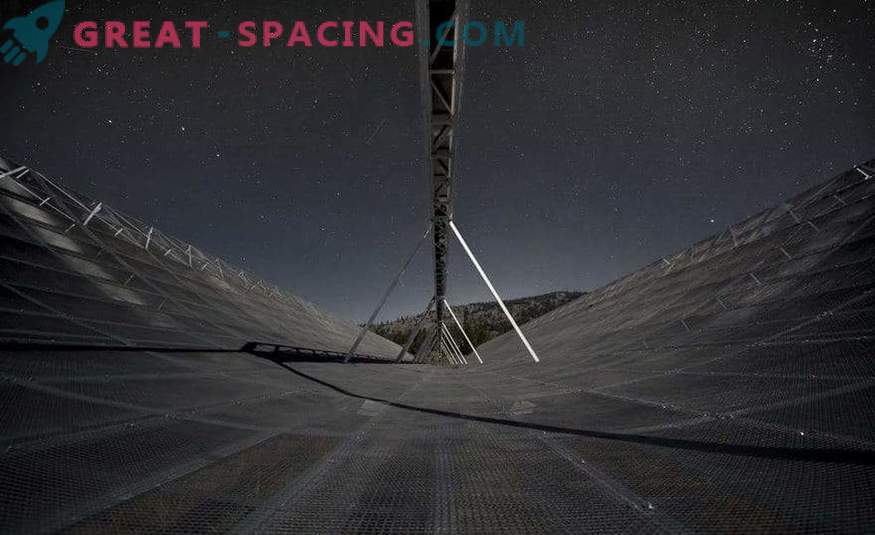
The CHIME radio telescope recently recorded rare low-frequency flashes of energy from the depths of the universe. Astronomers rushed to find answers
There are several theories about the origin of FRB. Early analyzes have shown that they are able to act as remnants of distant supernovae or the emission of supermassive black holes. However, it is impossible to exclude an artificial origin, like impulses from an alien spacecraft.
Recently found signals will help to get closer to the answer. The existence of repetitive FRB can eliminate some of the possible causes. They erupt in the same place (at a distance of 1.5 billion light years) 6 times in a few months. Therefore, we delete supernovae from the list of suspected (flashes occur once).
The findings also hint that FRBs are more common than modern technologies can detect. This is evidenced by the low frequency of 400 MHz. Most likely, events with a lower frequency are constantly skipping unnoticed past our planet.
